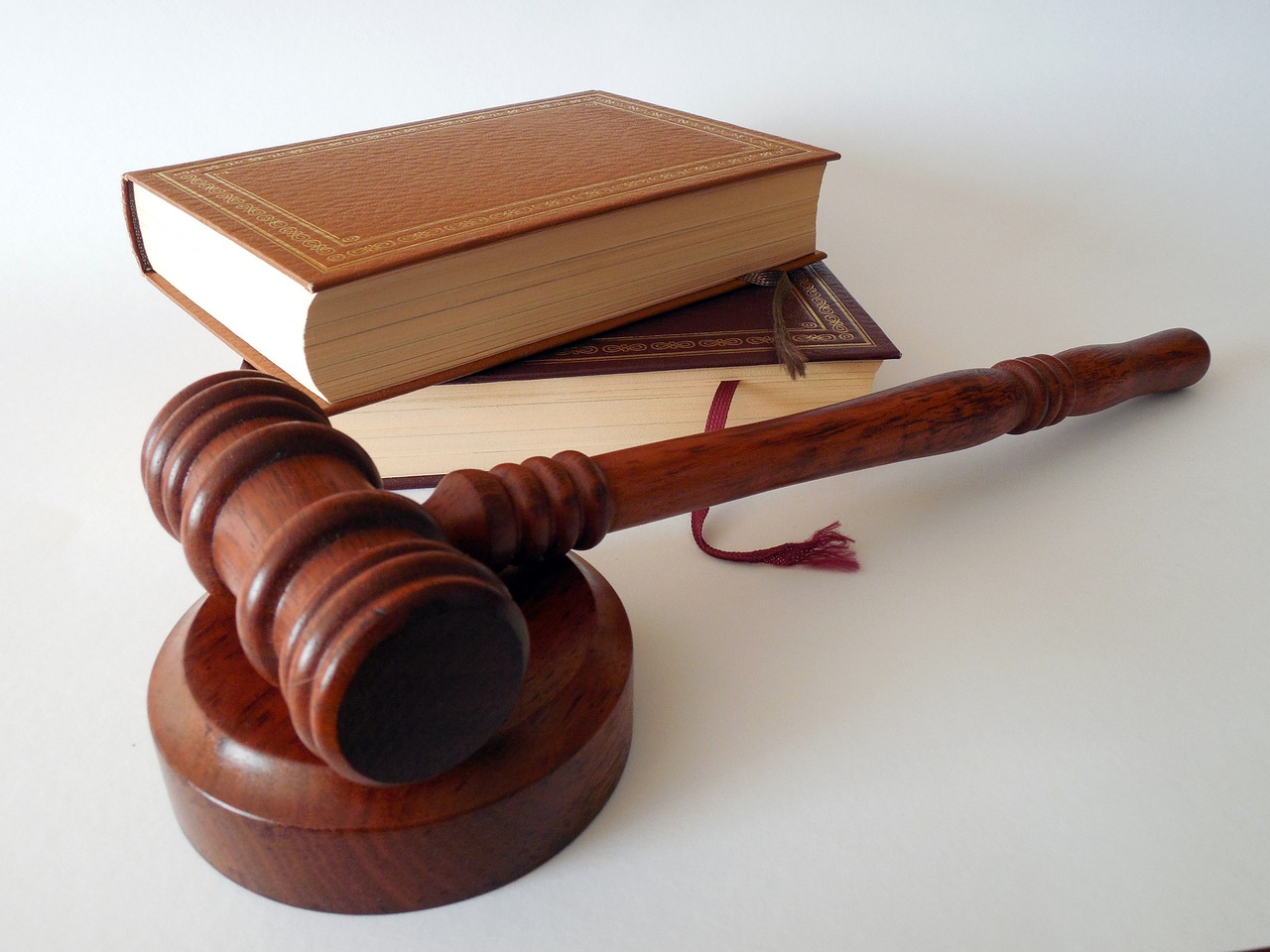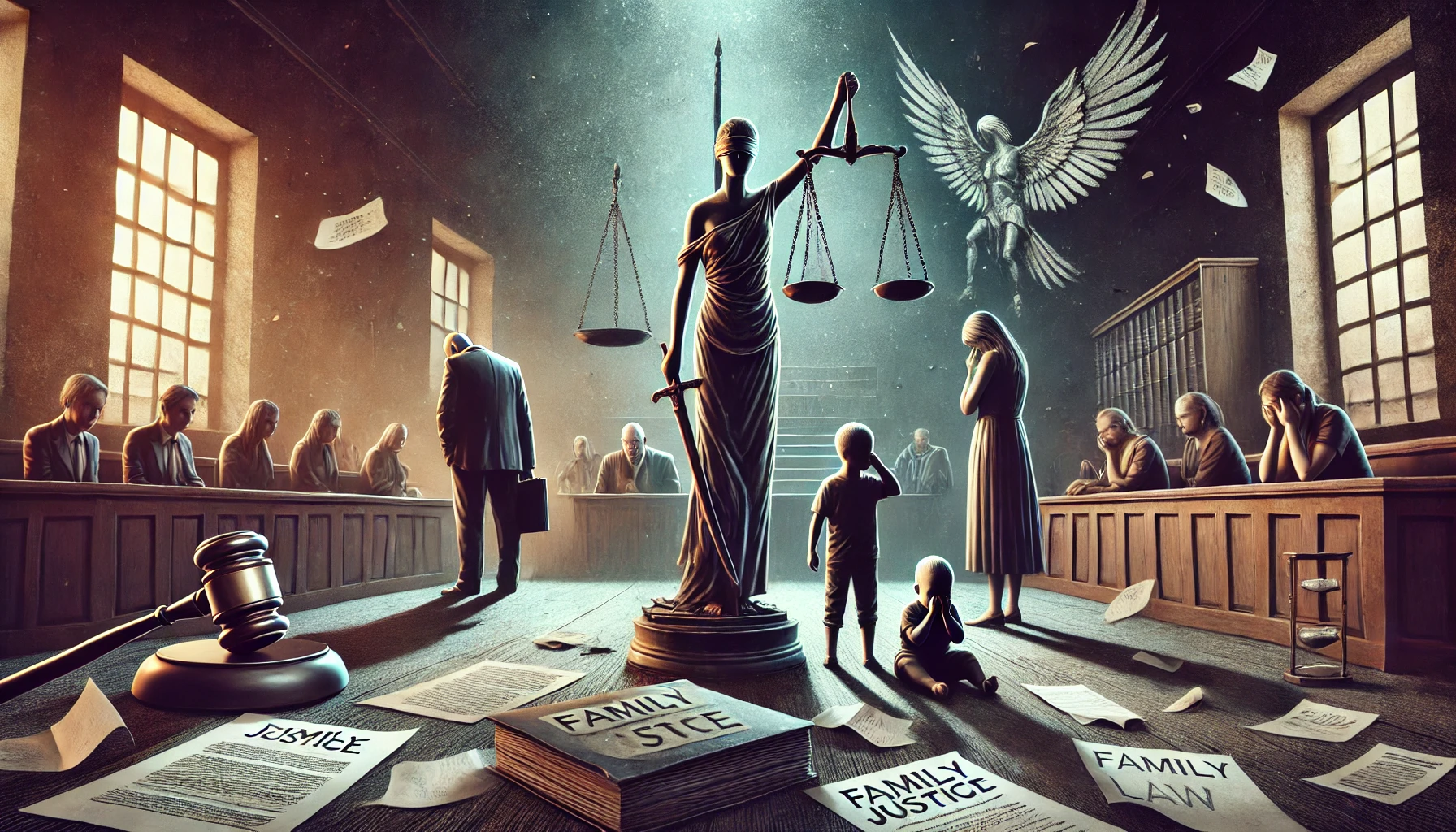Authored By: Rania Khan
SOAS University of London
Abstract:
Although hate speech laws and freedom of expression are fundamental components of democratic societies, they present difficult moral and legal issues. The conflict between the necessity to limit speech that incites hatred, violence or discrimination and the guarantee of free expression is examined in this article. The article explores how various jurisdictions conceptualise and maintain this balance through a comparative legal analysis of the United States, India, the United Kingdom and the framework of the European Court of Human Rights (ECHR). The paper makes the case that a nuanced strategy based on context-specific democratic, historical and cultural factors is necessary to reconcile freedom of speech with hate speech regulations. The article concludes by proposing a set of principles to guide the development of speech laws that safeguard both liberty and human dignity.
Introduction:
Free expression forms the backbone of any functioning democracy. Take it away and suddenly we lose our ability to question authority, push back against conventional thinking or participate meaningfully in the chaotic yet vital process of governing ourselves. This isn’t just philosophical idealism; it’s recognised in concrete legal terms through Article 19 of the Universal Declaration of Human Rights and the International Covenant on Civil and Political Rights[1], both of which protect our fundamental right to seek out information, receive it and pass it along to others.
The trouble starts when we look more closely at how speech works in practice. If you’ve ever scrolled through social media comments or sat through a contentious town hall meeting, you know that not every use of free speech advances democratic ideals. Some people use their platform specifically to attack others for being who they are, targeting their race, faith, gender identity, sexual orientation or disabilities. Legal experts continue debating the precise boundaries of what constitutes hate speech but there’s no denying it creates a fundamental tension: the very freedom meant to strengthen democracy can sometimes be wielded in ways that undermine it.
So where do we draw the line? When does legitimate expression cross into harmful incitement? And perhaps most importantly, can we regulate hateful speech without undermining the open exchange of ideas that democracy requires?
Different countries have developed surprisingly different answers to these questions. This article explores how four major legal systems have approached this dilemma, examining their constitutions, laws and court decisions to understand what works, what doesn’t and why context matters so much in crafting effective speech policies.
Background: Legal Frameworks and Theoretical Tensions:
Speech protection has been argued for millennia. John Stuart Mill[2] made the well-known claim that unbridled discussion leads to truth and that the best method to refute flawed ideas is to counter them with superior ones. According to this “marketplace of ideas”[3] notion, when people are exposed to opposing points of view, they can distinguish between fact and fiction. However, Mill’s ideal market makes the assumption that there is a level playing field with equal access to platforms and viewers, which is rarely the case in practice. Certain voices will always be given more weight than others in cultures characterised by discrimination and inequality.
The goal of international law is to take this complexity into consideration. Although the International Covenant on Civil and Political Rights’ Article 19[4] guarantees freedom of speech, it also permits governments to impose limitations for justifiable reasons, such as public health or safety. Going further, Article 20 mandates that states forbid communication that promotes “national, racial, or religious hatred” when it provokes animosity or violence. The main conflict arises from this: how can we preserve healthy discourse while guarding against the use of words as a weapon against weaker groups? Every nation approaches this problem differently because of its unique legal culture and history.
The American Way: Maximum Protection Under the First Amendment
The majority of Americans will probably tell you that free speech is almost unassailable. Courts have interpreted the First Amendment’s clear language—”Congress shall make no law…abridging the freedom of speech”[5]—to protect even extremely offensive or provocative statements. In Brandenburg v. Ohio (1969)[6], the Supreme Court established the present test, holding that speech that calls for violence is protected unless it is both likely to encourage imminent illegal action and intends to do so. This is a very high standard. The Court ruled in R.A.V. v. City of St. Paul (1992)[7] that the government cannot control speech based on its opinion, completely overturning a hate speech statute.
Deep American scepticism regarding the government’s control over speech is reflected in this strategy. The argument says that it is preferable to allow offensive speech than to run the risk of granting authorities the authority to determine what viewpoints are appropriate. This “marketplace of ideas” will resolve the issue. Critics claim that this viewpoint is becoming more and more antiquated. Hate speech can be immediately spread to large audiences via social media. Campaigns of online harassment have the power to ruin lives. Platforms are used by extremist organisations for recruitment and organisation. In this context, the American model might defend the very speech that prevents targeted populations from participating in democracy.
Supporters, however, argue that any other option invites censorship. What constitutes “hate” is up for debate. How can we stop well-meaning limitations from stifling reasonable criticism? These worries are real because we’ve seen how hate speech laws have occasionally been abused against government opponents in other nations.
Europe’s Middle Ground: Balancing Rights Through Proportionality
European human rights law takes a more nuanced approach. Article 10 of the European Convention on Human Rights[8] specifically allows restrictions that are “necessary in a democratic society,” serve legitimate purposes, and are lawful while preserving free speech. This raises the idea of proportionality, which maintains that restrictions ought to be thoughtfully designed to address specific harms without going beyond what is required.
The European Court of Human Rights has consistently affirmed that the freedom to “offend, shock, or disturb” is a component of free speech, as stated in Handyside v. United Kingdom (1976)[9]. But the Court also uses a “margin of appreciation,” which gives each country a great deal of discretion in figuring out how to reconcile competing rights given its circumstances.
In cases involving hate speech, this flexibility is evident. Citing Article 17’s ban on misusing Convention rights to damage others’ rights, the Court dismissed an appeal to a Holocaust denial conviction in Garaudy v. France (2003)[10]. However, they defended a journalist who covered racist viewpoints without endorsing them in Jersild v. Denmark (1994)[11], demonstrating how important context is. One could argue that the European strategy addresses the actual harms caused by hate speech more effectively. However, it also produces grey patches. Broad interpretations of terms like “public order” or “morality” have the ability to silence valid but unpopular opinions. Critics fear that limits may gradually grow, especially during contentious political periods.
Learning from the Middle: India and the United Kingdom
Both India and the UK occupy interesting middle positions, trying to honor strong free speech traditions while recognizing the need for some boundaries.
India’s Evolving Framework
India’s Constitution guarantees freedom of speech and expression under Article 19(1)(a), but Article 19(2) allows “reasonable restrictions” for purposes including public order, decency, and morality. The Indian Penal Code includes provisions criminalizing speech that promotes hostility between groups or insults religious beliefs.[12]
Indian courts have struggled with these provisions. In Pravasi Bhalai Sangathan v. Union of India (2014)[13], the Supreme Court acknowledged hate speech as a serious problem but essentially passed the buck to the legislature. More recently, in Amish Devgan v. Union of India (2020)[14], the Court upheld criminal proceedings against a media anchor for derogatory religious remarks, clarifying that hate speech falls outside constitutional protection. But India’s experience also illustrates the dangers of vague laws. Hate speech provisions are often enforced inconsistently or used to target government critics. Journalists, activists, and ordinary citizens sometimes find themselves prosecuted under the guise of maintaining communal harmony. The legal framework’s ambiguity creates opportunities for abuse.
The UK’s Pragmatic Approach
Britain’s approach combines common law traditions with European human rights obligations. The Public Order Act 1986 prohibits speech likely to incite racial or religious hatred, while the Equality Act 2010 requires public authorities to actively promote equality. British courts try to maintain space for robust debate. In Redmond-Bate v. DPP (1999)[15], they upheld a preacher’s right to express controversial religious views. But they’ve also shown willingness to punish speech that crosses clear lines—as in R v. Choudary (2016)[16], where encouraging support for terrorism led to conviction.
The UK model emphasises proportionality, attempting to balance speech rights with broader social interests. But questions remain about whether current laws are too broad or might chill academic and journalistic freedom. Post-Brexit developments may further influence how British law evolves in relation to European standards.
Finding Our Way Forward: Lessons from Comparison
Studying these different approaches reveals there’s no perfect solution to the free speech versus hate speech dilemma. The American model prioritizes liberty but risks tolerating genuine harm. European and Commonwealth approaches emphasise dignity but walk a tightrope between legitimate regulation and potential overreach.
Moving forward, these principles can be suggested in order to guide legal development:
First, clarity matters enormously. Laws need to provide precise definitions and clear boundaries. Vague prohibitions invite both arbitrary enforcement and self-censorship. People should be able to understand what speech crosses legal lines without needing a law degree.
Second, proportionality must be real, not rhetorical. Any restrictions should be narrowly tailored to address specific harms and represent the least restrictive means of achieving legitimate goals. Courts need to seriously examine whether speech restrictions are actually necessary and whether less intrusive alternatives might work.
Third, context is everything. We can’t evaluate speech in isolation. The speaker’s intent, the likely audience, the broader social environment, and potential for harm all matter. A academic discussion of racial differences differs fundamentally from a rally designed to intimidate minority communities.
But legal frameworks alone won’t solve this problem. We need broader social responses too. Education that promotes empathy, critical thinking, and intercultural understanding can help build immunity to hateful ideologies over time. Public institutions and civil society organisations must actively foster cultures of respect and tolerance.
The digital revolution has complicated everything. Social media platforms can amplify hate speech to unprecedented audiences almost instantly. Automated moderation systems make countless errors, often unable to distinguish between satire, legitimate criticism, and actual abuse. We need much greater transparency from tech companies and better accountability mechanisms for algorithmic decision-making. International cooperation is essential for establishing shared digital standards without stifling legitimate expression.
Enforcement remains crucial too. In places where rule of law is weak, speech laws become tools for silencing opposition rather than protecting vulnerable groups. The experience of India demonstrates how hate speech laws can be used as a weapon against students and journalists. To stop such misuse, independent monitoring and robust legal protections are crucial. The need to think globally is maybe the most crucial. Hate speech is becoming more and more global thanks to international networks and internet platforms. Harmonising responses while upholding national sovereignty may be made possible by regional cooperation and shared frameworks that are based on democratic principles.
Conclusion:
Balancing free speech with hate speech regulation remains one of our most challenging legal and social questions. Speech is fundamental to human liberty, but its misuse can inflict lasting damage on democratic values and social cohesion. What this comparative analysis shows is that context matters immensely. Legal systems must be shaped not just by universal rights principles but also by local histories, demographics and specific threats. The American model offers important warnings about under-regulation, while European, Indian and British approaches highlight the difficulties of drawing fair and effective lines.
The goal shouldn’t be censorship, it should be fostering responsible speech. We need environments where the right to speak doesn’t trample the right to live free from fear and intimidation. This requires thoughtful legal design, strong institutions, and active civic engagement.
It’s a difficult balance and we won’t get it perfectly right. But with careful attention to both liberty and equality, we can build frameworks that serve democracy better in our interconnected and rapidly changing world. The conversation continues and it needs all our voices, respectfully and responsibly raised.
BIBLIOGRAPHY:
Table of Cases
- Amish Devgan v Union of India (2020) SCC OnLine SC 994
- Brandenburg v Ohio, 395 US 444 (1969)
- Garaudy v France App no 65831/01 (ECtHR, 24 June 2003)
- Handyside v United Kingdom (1976) 1 EHRR 737
- Jersild v Denmark (1994) 19 EHRR 1
- Pravasi Bhalai Sangathan v Union of India (2014) 11 SCC 477
- RAV v City of St Paul, 505 US 377 (1992)
- R v Choudary [2016] EWCA Crim 61
- Redmond-Bate v DPP [1999] EWHC Admin 733
Table of Legislation
- Constitution of the United States of America (1789), amend I
- European Convention for the Protection of Human Rights and Fundamental Freedoms (as amended), arts 10 and 17
- Indian Penal Code (1860), ss 153A, 295A
- International Covenant on Civil and Political Rights (adopted 16 December 1966, entered into force 23 March 1976) 999 UNTS 171, arts 19–20
Secondary Sources
- Mill JS, On Liberty (first published 1859, Penguin Classics 1985)
[1] International Covenant on Civil and Political Rights (adopted 16 December 1966, entered into force 23 March 1976) 999 UNTS 171, arts 19–20.
[2] John Stuart Mill, On Liberty (first published 1859, Penguin Classics 1985).
[3] Ibid
[4] Ibid n1
[5] The Constitution of the United States of America (1789), amend I
[6] Brandenburg v Ohio, 395 US 444 (1969)
[7] R.A.V v City of St Paul, 505 US 377 (1992)
[8] European Convention for the Protection of Human Rights and Fundamental Freedoms (European Convention on Human Rights, as amended) arts 10 and 17
[9] Handyside v United Kingdom (1976) 1 EHRR 737
[10] Garaudy v France App no 65831/01 (ECtHR, 24 June 2003)
[11] Jersild v Denmark (1994) 19 EHRR 1
[12] Indian Penal Code, ss 153A, 295A
[13] Pravasi Bhalai Sangathan v Union of India (2014) 11 SCC 477
[14] Amish Devgan v Union of India (2020) SCC OnLine SC 994
[15] Redmond-Bate v DPP [1999] EWHC Admin 733
[16] R v Choudary [2016] EWCA Crim 61





